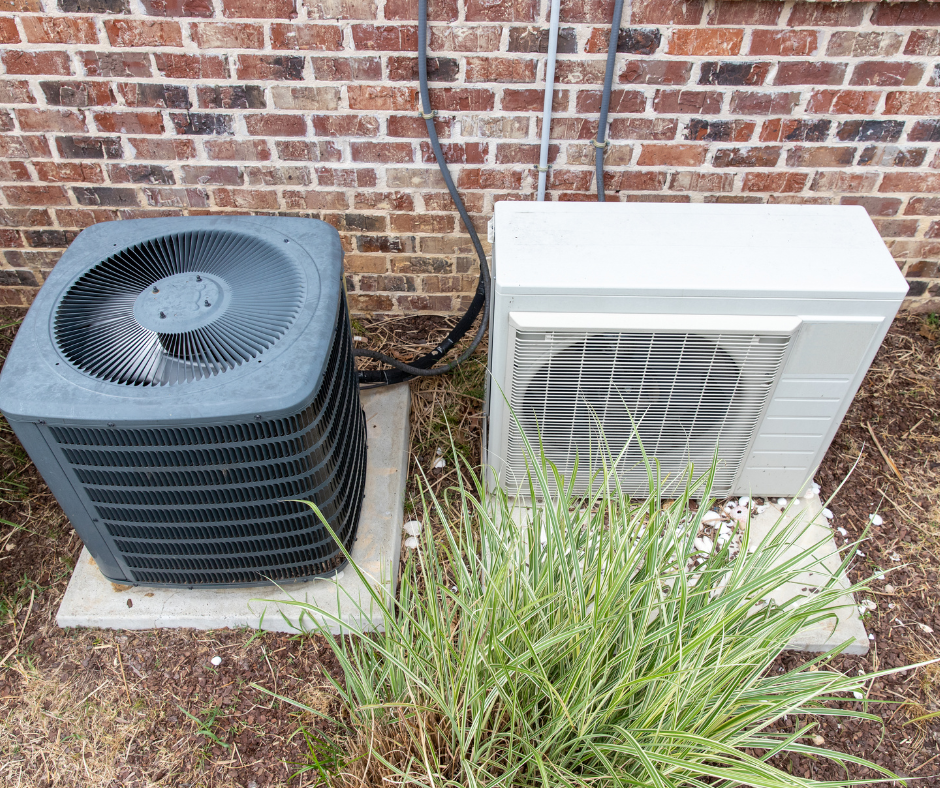
You’ve probably noticed that ductless mini-split heat/AC/ heat pumps are the hottest thing in HVAC. OK, we used this term in the last blog post, but it’s still true. Contractors love them because they’re easy to install. Customers like them because there’s no big, bulky unit to spoil the decor. But let’s get down to brass tacks. Are they really the system to beat all systems?
Here are seven factors (we won’t call them facts) that are either true, not true, or have some truth to them: Ductless mini-splits don’t lose energy through ducts.
1. They fit neatly into small spaces such as condos.
2.They don’t work for large spaces.
3. They are expensive to buy and run.
4. They avoid the dust, breakage & mold that accumulates in ducts.
5. Warranties for mini-splits are shorter than for conventional HVAC equipment.
6. They don’t do a good job of removing humidity.
7. They save money on energy that would be wasted through the ducts.
Bottom line? All of the above are true.
This is a fairly new technology in the States and it’s still being perfected. (Isn’t everything?) Why not try a ductless split system in a small area of the home before you go whole-hog? Or you could add a mini-split, then toggle back and forth— conventional heat or AC for very cold or hot days; mini-split for more moderate days. You could also make decisions based on the cost of heating fuel vs. the price of electricity. And make sure you get a good, qualified contractor. (Start here: http://www.acdoctor.com) That could make all the difference.
Oak Ridge National Laboratory, 2012, compared a 16-SEER, ducted and zoned system with a variable speed, multi-split ductless system. The study focused on energy use for heating and cooling but there were still problems with humidity (and this was done in Tennessee, but in Florida or Louisiana where summer humidity is even more of an issue).
Mixed Reviews from the Oak Ridge National Laboratory
“The performance of the two inverter driven systems was not as expected. The multi-split system performed worse than a single stage 16-SEER HP in both the heating and cooling seasons. It did provide better temperature control than the baseline system during both heating and cooling, but did a poor job of controlling the relative humidity in the cooling mode. The ducted inverter system showed promising results in the heating mode, although the baseline system performance was degraded by its inability to run in high stage as well as apparently excessive defrost cycles. The cooling performance was worse than the baseline unit, however there is a very high likelihood that the ducted inverter system is not operating optimally due to a change in operating behavior that coincided with a service call.
It is difficult to draw conclusions regarding the achievable performance of these particular inverter driven systems. It is clear however that proper system design, installation, and service are crucial elements for any energy efficient HP installation. The increasing level of technology and complexity that accompanies higher efficiency systems increases the opportunity for errors during the commissioning of equipment that can have significant impacts on the installed efficiency.
